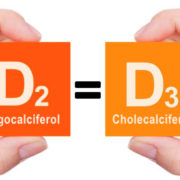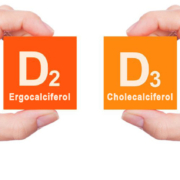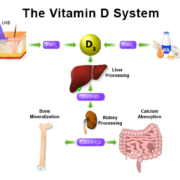A Potpourri of Research on Vitamin D
Scientists try to follow some strict guidelines when they select studies to be included in a meta-analysis. With that in mind, here’s some of what I found in reviewing the studies. Remember, they were looking at fractures, falls, and bone-mineral densities.
- The length of the studies ranged from as short as eight weeks to as long as seven years. The most popular study length was one year, second was two years.
- Most of the studies focused on the elderly. Falling and fractures are obvious concerns for that population. But they also included papers on post-parathyroidectomy patients of all ages, renal transplant patients, and young patients that were HIV positive where falling and fractures were not obvious consequences of the age group.
- For the most part, they selected studies with vitamin D taken via oral supplements. But they also used cod liver oil, with and without vitamin D, as well as intramuscular injections.
- This one was just simply puzzling. The range of vitamin D administered to the subjects was as low as 400 IU and as high as 600,000 IU in a single dose. Some gave oral vitamin D at 100,000 IUs four times per year, injections of 300,000 IU and 600,000 IU, and one study administered 300,000 IU in a single oral dose.
You don’t have to have any type of scientific degree to see the problem with the apples-and-oranges selection of the studies. Competent scientists may be able to account for differences statistically to do the analysis, but they can’t account for the varying physiological impacts on the subjects.
I’ll finish this up on Saturday.
What are you prepared to do today?
Dr. Chet









